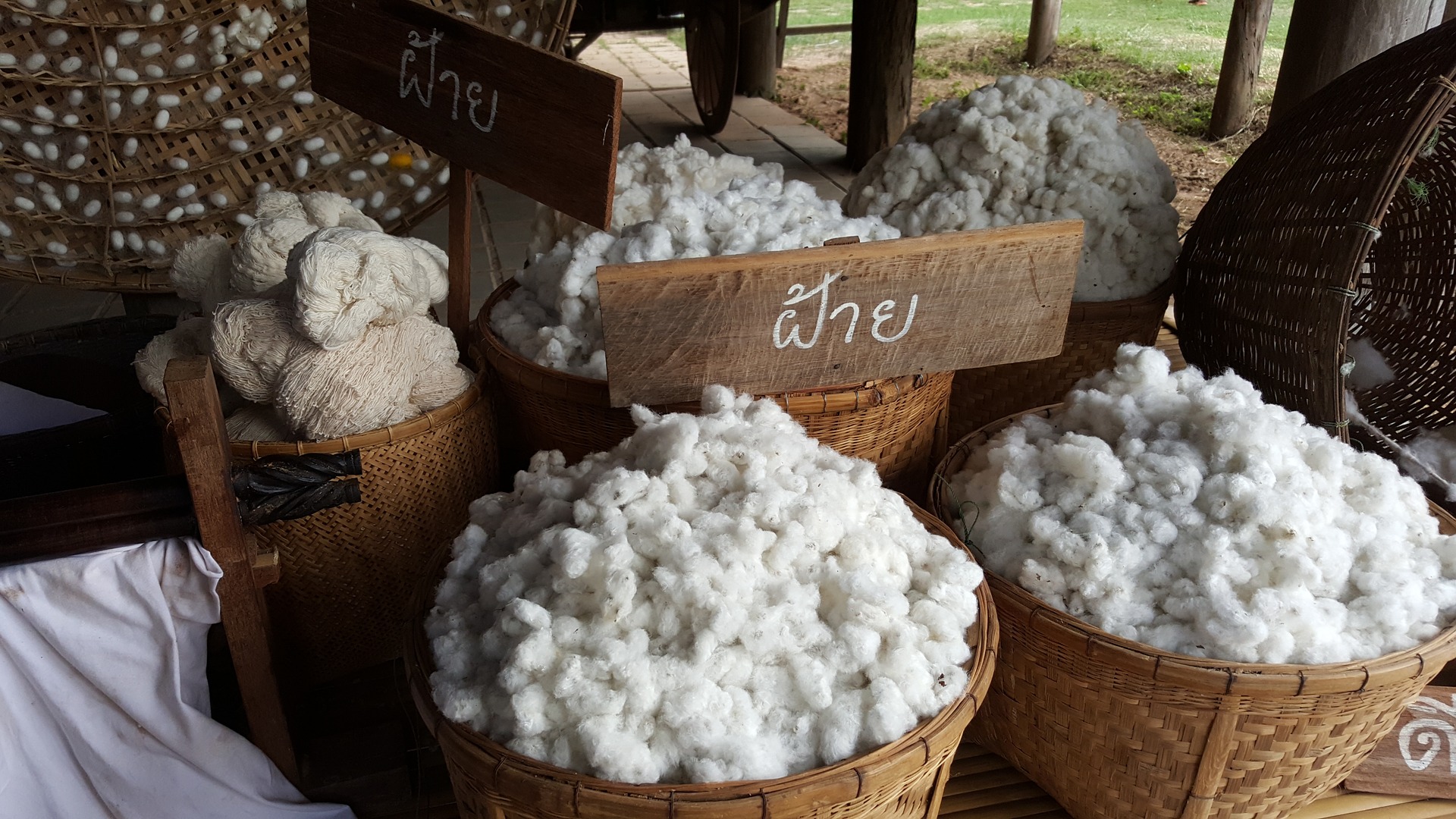THERE IS STILL SOMETHING GOOD ABOUT THE PANDEMIC
Date
- Published August 1st, 2021
'The revolution looks fabulous'
Lucy Shea

The fashion market has been adversely affected greatly by the COVID-19 outbreak. Suppliers, retailers, and even vendors have had their fair share of the adverse effect of COVID-19, which include a decrease in production capacity, the shutdown of retail shops, and large organizations trying their best to maximize profits by laying off workers. The financial strain from the pandemic and limited in-store shopping has decreased spending, pushing customers to reevaluate their contributions to the industry.
Many fashion brands have been criticized for approaches that have not contributed to sustainable development goals, especially as about 4% of the global CO2 emission is already being generated by the fashion industry, among other practices. However, the pandemic has forced the fashion market to implement some positive changes in these practices. Let’s consider how the COVID-19 pandemic has pushed the fast fashion market to make changes.
COVID-19 Positive impacts
During the COVID-19 lockdown, restrictions in movements have been enforced, which has led to more irregular movements of vehicles and reduced operations in factories and has greatly reduced CO2 emissions from the fashion industry. According to reports, there was a 25% reduction in CO2 emissions when Chinese factories closed down at the beginning of 2020.
Furthermore, due to reduced operations in the textile factories, there has also been a great reduction in the usage of chemicals and dyes used for clothing materials. These chemicals cause great pollution to rivers and flowing streams, thus affecting the ecosystem. Microfibers from washed clothes find their into rivers and oceans and are ingested by fishes and other aquatic creatures. Rivers provide a source of water and livelihood for many in the society; it is used for drinking, washing, cooking, bathing and lots more. Individuals also consume aquatic creatures that have consumed these microfibers and chemicals. All these take a toll on the well-being of people.
This has forced many fashion companies to adopt more environmentally friendly clothing manufacturing strategies as the damage had become clear. Some advocate buying secondhand/vintage clothing items, or swap, rent or borrow clothes as opposed to purchasing newly produced clothes. Ultimately, these strategies encourage more environmentally and ethically conscious production and consumption.
Farmers are also exposed to harmful pesticides in the process of cultivating cotton. However, since the inception of COVID-19, some organization have began to practice recycling of sea plastics and reduce wastes dumped on ground that leech into the soil, thus reducing farmers’ exposure to harmful substances on the farm. Also, it creates more farmland area for farming of food crops for consumption.
Cotton farming also requires a lot of water, just as in the production of fabrics. Fashion Revolution claims that about 2720 liters of water are needed to manufacture a single t-shirt – approximately the amount of water an individual drinks for three years. Since the pandemic, water usage by the fashion industry has been greatly reduced due to the low production rate, which implies more water availability for human use.
And finally, the COVID-19 pandemic has revealed the weakness of global supply chains as countries restricted international trade, effectively disrupting supply chain logistics, and thousands of orders canceled as demand fell drastically. Now the whole industry has been forced to review strategies and plans that can keep business going if such scenario where to happen again.




